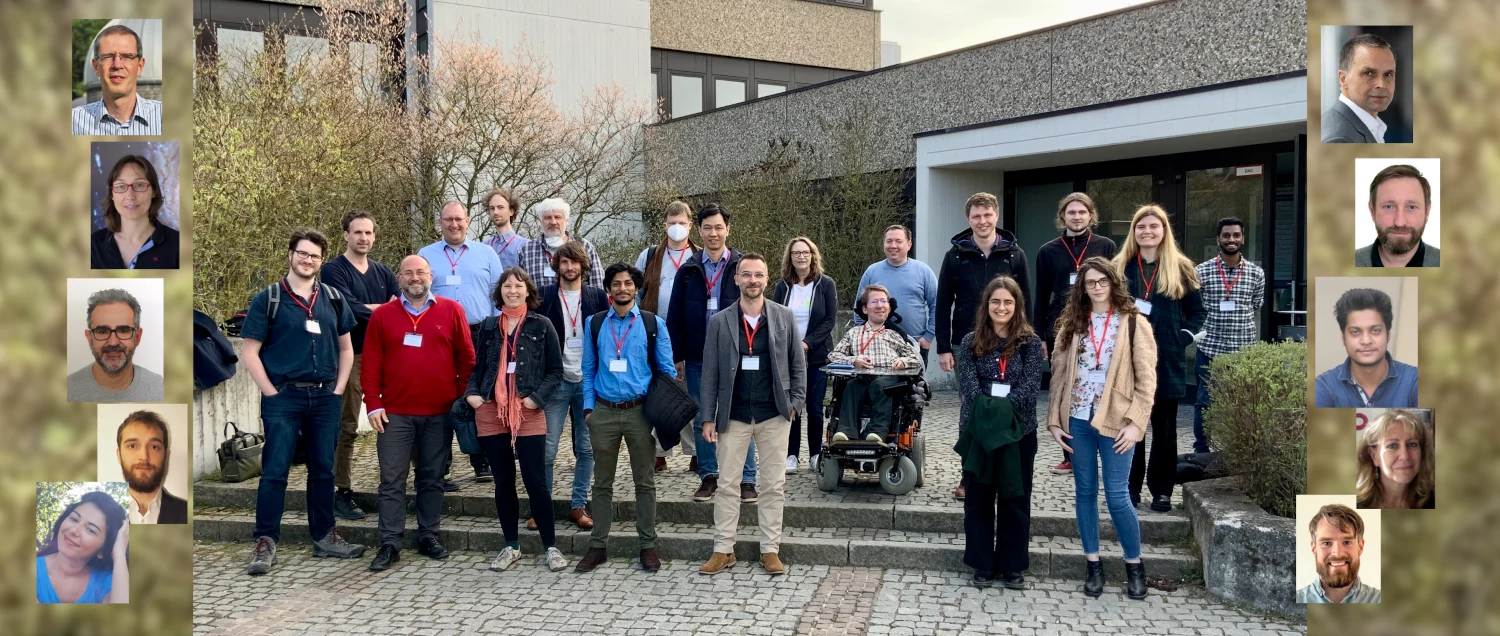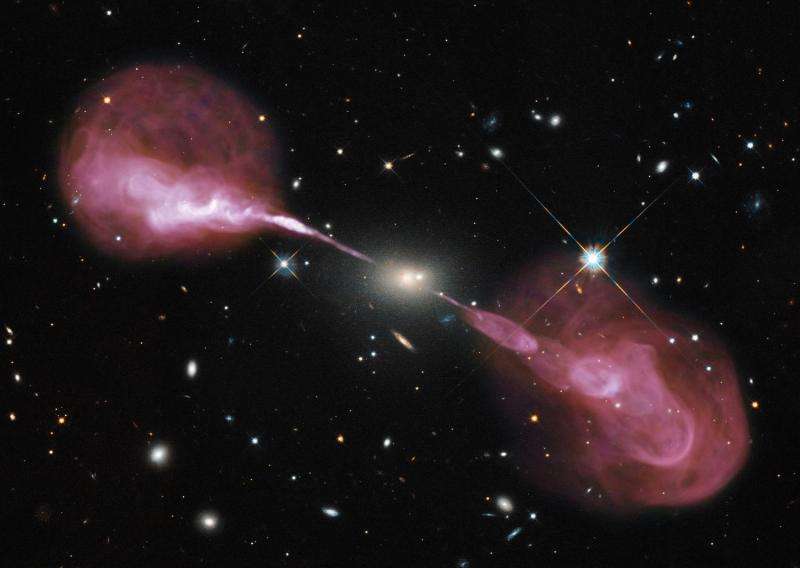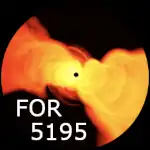In a one-day-long hybrid meeting, the members of the newly formed research unit met for the first time. After a warm welcome and an introductory talk by the spokesperson Professor Matthias Kadler, all seven projects were outlined by the respective PIs and each researcher within a project as well as the associated researchers and the Mercator fellows presented his or her research focus, special scientific interests, competences and expertise in a slideshow. The astrophysical questions that are to be tackled were formulated during the talks. To address the most pressing puzzles, synergy groups were formed and possibilities to exchange knowledge and to collaborate were also discussed.

Download the PDFs of the given talks

DFG Research Unit (Forschungsgruppe) FOR 5195 – Relativistic Jets in Active Galaxies
Funded by the Deutsche Forschungsgemeinschaft (DFG, German Research Foundation)
